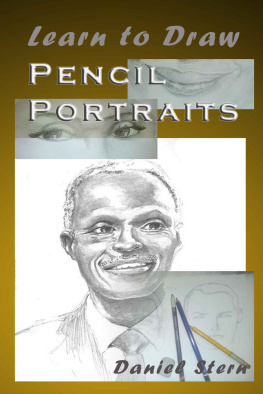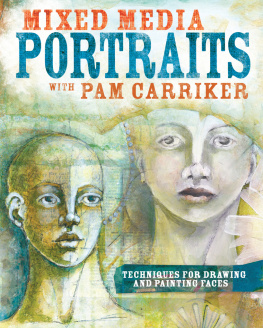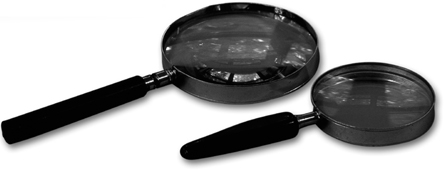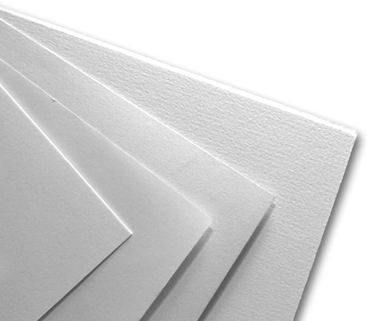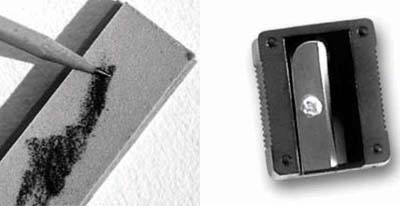Debra Kaufman Yaun - Drawing: Faces & Features: Learn to draw step by step
Here you can read online Debra Kaufman Yaun - Drawing: Faces & Features: Learn to draw step by step full text of the book (entire story) in english for free. Download pdf and epub, get meaning, cover and reviews about this ebook. year: 2006, publisher: Walter Foster Publishing, genre: Home and family. Description of the work, (preface) as well as reviews are available. Best literature library LitArk.com created for fans of good reading and offers a wide selection of genres:
Romance novel
Science fiction
Adventure
Detective
Science
History
Home and family
Prose
Art
Politics
Computer
Non-fiction
Religion
Business
Children
Humor
Choose a favorite category and find really read worthwhile books. Enjoy immersion in the world of imagination, feel the emotions of the characters or learn something new for yourself, make an fascinating discovery.

- Book:Drawing: Faces & Features: Learn to draw step by step
- Author:
- Publisher:Walter Foster Publishing
- Genre:
- Year:2006
- Rating:5 / 5
- Favourites:Add to favourites
- Your mark:
Drawing: Faces & Features: Learn to draw step by step: summary, description and annotation
We offer to read an annotation, description, summary or preface (depends on what the author of the book "Drawing: Faces & Features: Learn to draw step by step" wrote himself). If you haven't found the necessary information about the book — write in the comments, we will try to find it.
Successfully drawing the human face is one of the most challenging yet rewarding artistic experiences. In this step-by-step book, Debra Kauffman Yaun invites you into her artistic world as she shows you how to draw a variety of portraits in pencil. She shares her personal methods for rendering the human face in all its expressiveness as she introduces tips and techniques for approaching babies, children, teenagers, and adults of all ages. The book includes in-depth information on specific facial features as well as detailed, step-by-step exercises that explore ways to develop complete portraits. And the wealth of beautiful, inspiring examples ensure that Faces & Features will be a welcome addition to any artists drawing reference library
Debra Kaufman Yaun: author's other books
Who wrote Drawing: Faces & Features: Learn to draw step by step? Find out the surname, the name of the author of the book and a list of all author's works by series.

